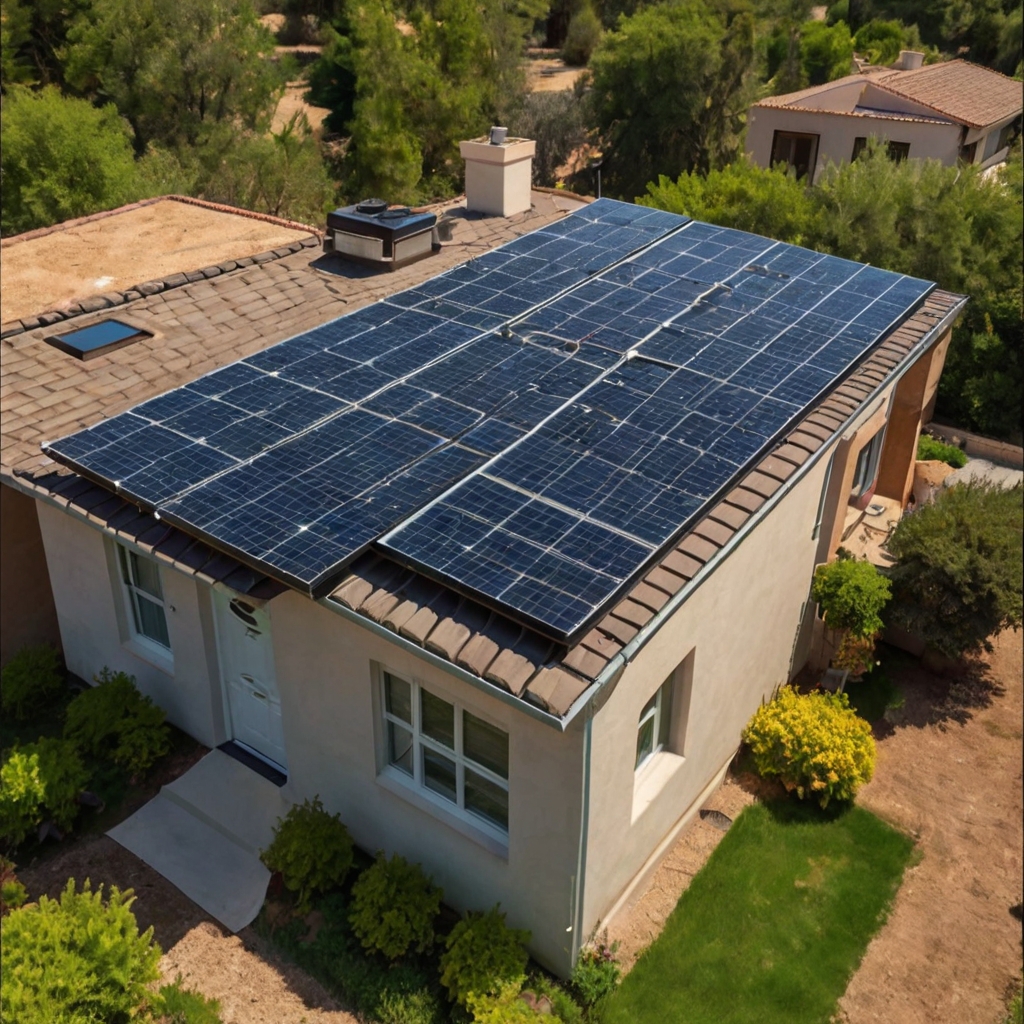As the world accelerates toward cleaner, more sustainable energy solutions, solar power continues to lead the charge. But for many households and businesses, the high upfront cost of installing solar panels remains a significant barrier. Enter Solar as a Service (SaaS) — a game-changing subscription-based model that makes renewable energy acce
As the world accelerates toward cleaner, more sustainable energy solutions, solar power continues to lead the charge. But for many households and businesses, the high upfront cost of installing solar panels remains a significant barrier. Enter Solar as a Service (SaaS) — a game-changing subscription-based model that makes renewable energy accessible, affordable, and hassle-free.


Solar as a Service refers to a subscription-based business model where a third-party provider installs, maintains, and owns solar panels on your property, and you simply pay a monthly fee to use the electricity generated. Much like subscribing to a streaming platform or internet service, SaaS makes solar energy consumption more user-friendly and flexible.
This model shifts the burden of capital expenditure and system management away from the user, making solar energy viable for renters, small businesses, and low-income households.
There are several variations of the SaaS model, each designed to cater to different user needs:
Users pay a fixed monthly fee regardless of how much solar energy is generated or used. Great for budgeting and price predictability.
You pay only for the solar energy you use, similar to a traditional electricity bill — often at a lower rate than your local utility.
Some providers offer long-term leasing that eventually allows customers to own the solar system, combining affordability with future asset ownership.
Solar providers partner with utility companies, allowing excess solar energy to be sold back to the grid (net metering), reducing monthly costs further.
✅ No Capital Investment: Makes clean energy accessible without a major upfront cost.
✅ Lower Monthly Bills: Subscriptions typically cost less than traditional electricity.
✅ Zero Maintenance Hassle: Providers handle system monitoring, repairs, and upgrades.
✅ Sustainability with Convenience: Reduce your carbon footprint without lifestyle changes.
✅ Scalability: Suitable for homes, offices, schools, and community centers.
🔸 Long-Term Contracts: Most SaaS models require multi-year agreements.
🔸 Limited Customization: Users have less control over the system design.
🔸 Geographic Limitations: Availability depends on sunlight conditions and local policy support.
🔸 Ownership Restrictions: Since the system is owned by the provider, some incentives (like tax credits) may not pass to the customer.
The Solar as a Service model is rapidly gaining traction in the U.S., Europe, India, and parts of Africa, driven by policy incentives, climate goals, and advances in solar technology. As battery storage becomes more affordable and smart grids more integrated, subscription-based solar may evolve into Energy-as-a-Service (EaaS) — bundling solar, storage, EV charging, and AI-powered energy management.


The transition to clean energy doesn’t have to be expensive or complicated. With Solar as a Service, solar energy becomes a utility — not an investment. It's a revolutionary step toward democratizing access to sustainable power, paving the way for a greener, more equitable energy future.